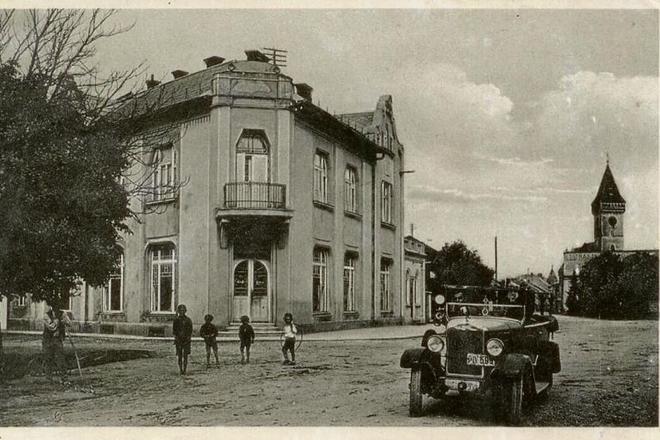FOR MORE affluent Slovaks in the 1920s, a typical Sunday afternoon in a small town would involve dressing up, getting in the car for a drive and parking in front of the local café to spend time in the company of other social elites. Few people could have afforded to parade themselves around town in this way for a simple reason: only the wealthiest had enough money to buy a car.
In the eastern Slovak town of Sabinov, cars and cafés were symbols of high social standing. Even during the Austro-Hungarian Empire, the upper classes used to meet in cafés. Middle classes eventually took part in café culture as well, as their more modest homes did not always allow them to host guests in their salons or drawing rooms.
The cultivation of café life lasted several decades. Spending time in the café became a kind of ritual for people from various social strata. In addition to being fun places to socialise, cafés also served as places where social and career contacts were made.
In a sense it took half a millennium for café culture to arrive here. Five hundred years ago, the territory that makes up today’s Slovakia resembled a battlefield, and it was during those harsh years, amid numerous clashes with the Ottomans, that our ancestors first came into contact with coffee. Peace negotiations may not have ended the conflicts, but they did expose Hungarian nobility to coffee’s rich aroma for the first time. Coffee-sipping Ottoman dignitaries often offered it to their guests, and while Hungarian nobles enjoyed the flavour, they were initially hesitant about it being a product of Muslims.
Thus, the church was also initially reluctant to accept the beverage, as were women who feared that drinking coffee would cause male impotence. After this small misunderstanding was cleared up, the first cafés opened, which people of both sexes soon began frequenting.
Cafés first began appearing in Vienna, in the city near to where the Ottomans were defeated in 1683. When fleeing their camp, they left behind a huge stockpile of coffee, which the victors confiscated and put to use.
This postcard of a town café in Sabinov dates back to the 1920s.


